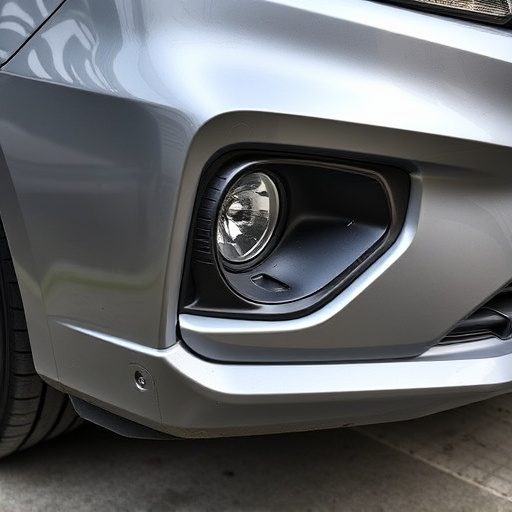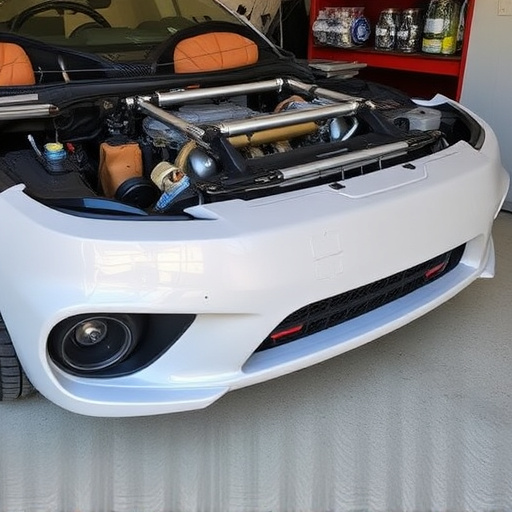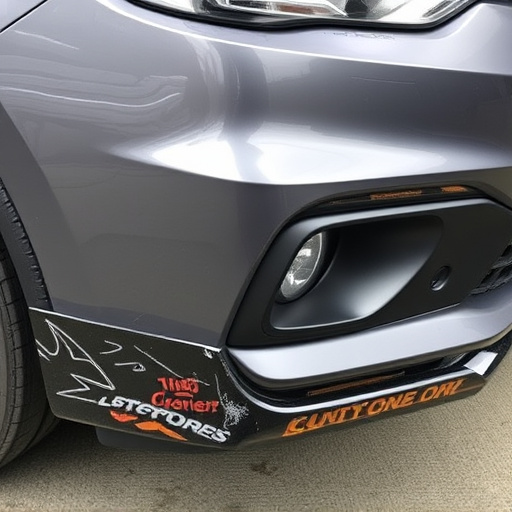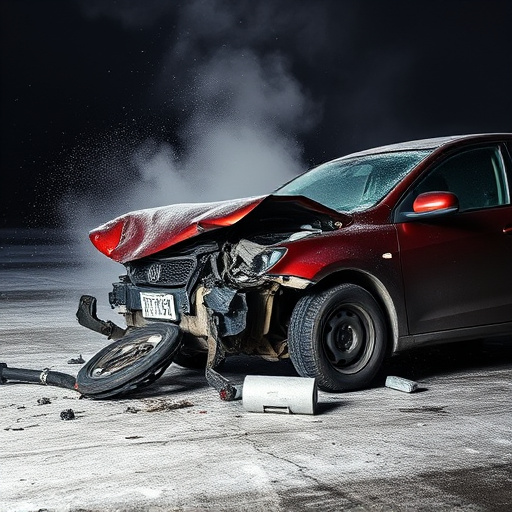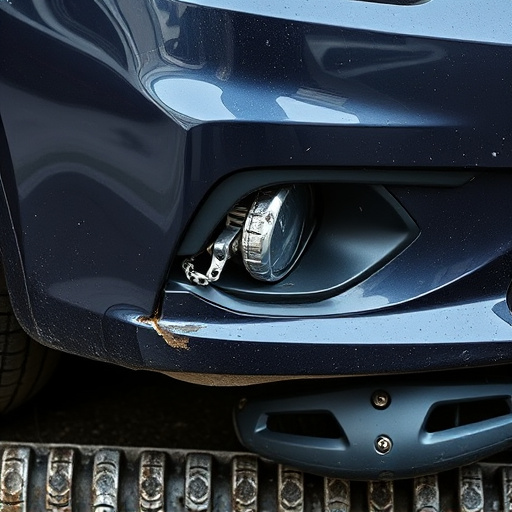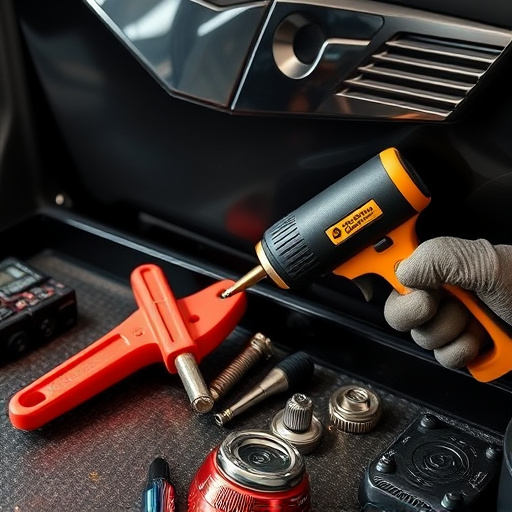Diminished value after repair is a key concern for vehicle owners and fleet services post-total loss or routine repairs, impacting resale value due to costs, complexity, and cosmetic issues. Understanding this effect is vital for fair transactions and managing buyer expectations, especially regarding structural weaknesses perceived after accidents or maintenance. Mitigating diminished value through proactive maintenance and high-quality parts can preserve pre-incident worth and justify market position post-repair.
In the complex world of automotive insurance, understanding diminished value after repair is paramount. This article delves into the multifaceted impact of post-repair depreciation on total loss versus repair cases. We explore how repairs affect resale value, highlighting the strategies insurers and policyholders can employ to mitigate these losses. By examining these factors, we provide valuable insights for navigating the intricate landscape of diminished value after repair.
- Understanding Diminished Value Post-Repair
- Total Loss vs Repair: Impact on Resale Value
- Strategies to Mitigate Post-Repair Depreciation
Understanding Diminished Value Post-Repair

After a total loss or repair scenario, the concept of diminished value becomes pertinent, especially for vehicle owners and fleet repair services alike. Diminished value after repair refers to the reduction in a car’s overall worth following a damage event, whether it’s due to a collision or routine maintenance repairs. This decrease in value can be attributed to various factors, such as the cost of parts and labor, the complexity of the repair process, and potential cosmetic imperfections introduced during the repair phase.
For instance, in the case of luxury vehicle repair, where precision and high-quality materials are essential, even seemingly minor repairs might significantly impact the car’s resale value. Similarly, while car dent removal is a common service that can restore a vehicle’s aesthetics, it may not fully mitigate the perceived risk associated with pre-existing damage, thereby influencing the diminished value after repair. Understanding these nuances is crucial for both owners and repair shops to manage expectations and ensure fair transactions in the post-repair market.
Total Loss vs Repair: Impact on Resale Value

When a vehicle suffers significant damage, decision-makers often face a crucial choice between total loss and repair. This distinction significantly impacts the car’s resale value, especially when considering the concept of diminished value after repair. In cases where a vehicle is declared a total loss, its market value typically declines sharply due to the perceived inferiority of a replacement model or the high cost of repairs compared to the car’s pre-accident worth.
In contrast, repairing a damaged vehicle, such as a meticulous fender repair on a Mercedes Benz in an automotive body shop, can restore its functionality and aesthetic appeal, potentially mitigating the diminished value after repair. However, buyers may still be cautious due to perceived or actual structural weaknesses or reduced overall condition, even after professional collision repairs. Thus, understanding the impact of these choices is vital for both owners and automotive professionals alike.
Strategies to Mitigate Post-Repair Depreciation

When dealing with total loss versus repair scenarios, mitigating diminished value after repair is crucial for vehicle owners and insurers alike. To combat the natural depreciation that occurs post-repair, several strategies can be employed. One effective approach is to engage in proactive maintenance before and after the repair process. Regular servicing and prompt attention to any potential issues can help preserve the car’s pre-incident value. Additionally, using high-quality parts during repairs ensures a superior restoration, minimizing visual and functional differences that might negatively impact resale value.
Another strategy involves thorough documentation of the repair process. Detailed records of all work performed, parts replaced (including auto glass repair or autobody repairs), and the chain of custody help justify the quality of the work done. This becomes invaluable when trying to demonstrate the car’s true market value post-repair, especially in cases where significant diminished value after repair is claimed.
After exploring the impact of repairs on vehicle resale value, it’s clear that understanding and managing diminished value after repair is crucial for both owners and insurance providers. While total loss scenarios have their financial constraints, repairing vehicles can also lead to significant depreciation. However, with strategic considerations like thorough documentation, high-quality repairs, and marketing unique attributes, it’s possible to mitigate post-repair depreciation. By being aware of these factors, individuals and businesses alike can navigate the complexities of diminished value after repair more effectively in both cases.



